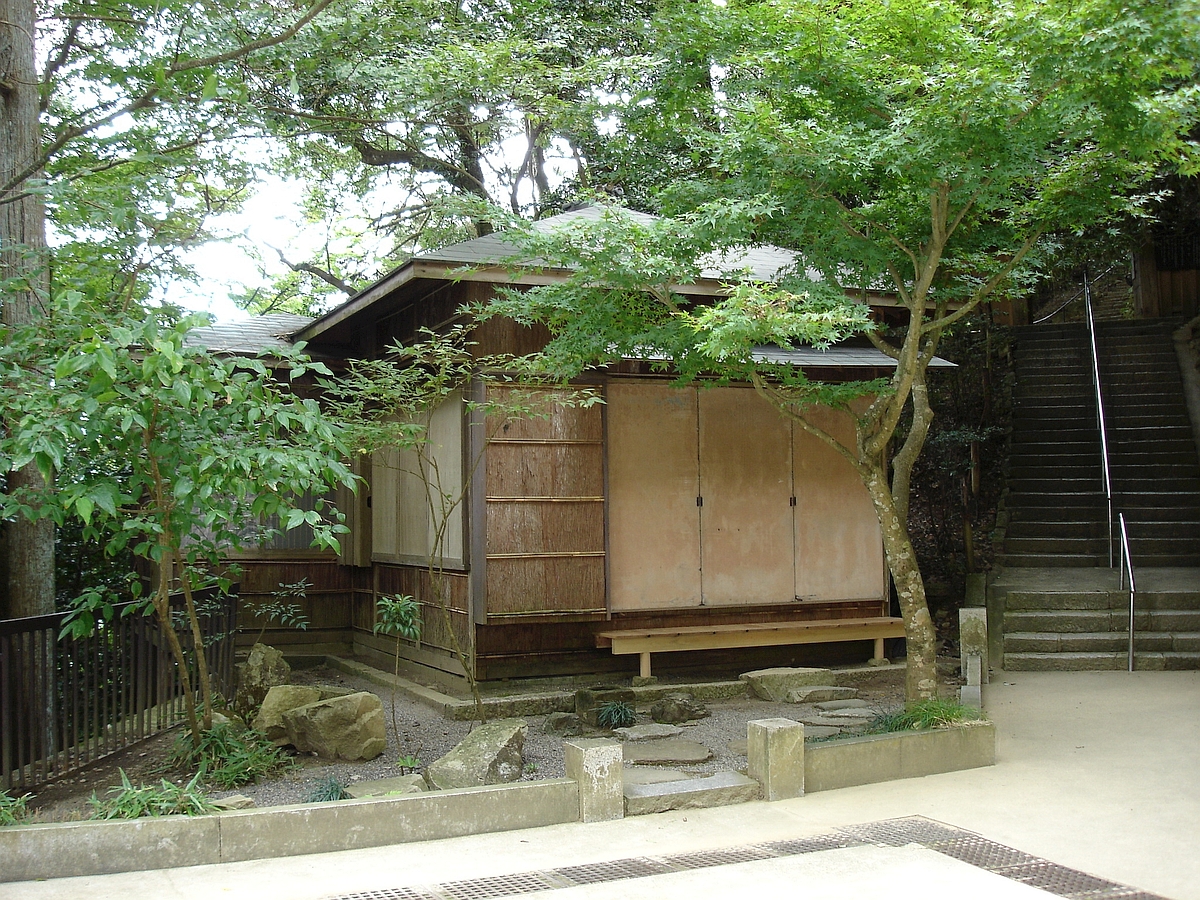My first book, Yosano Akiko and The Tale of Genji, was a study of the relationship between a great writer and a great book. Genji had a profound influence not only on the work Akiko did during her life—but also on the life that she lived. I wondered if there had been other women whose lives had been changed by their reading of Genji—and found that there were many, beginning most famously with Sugawara no Takasue’s daughter, who in 1021 was thrilled to receive a copy of the tale from her aunt: “Now I had the whole Genji to read from the very first volume,” she recalled. “When I lay down alone behind my screens and took it out to read, I would not have changed places even with the Empress. All day and as far into the night as I could keep my eyes open I read with the lamp close by me.”

It is these earlier women readers of Genji I find most fascinating. I’ve worked on the noblewomen Kaoku Gyokuei (1526-after 1602), who compiled the first commentaries on Genji by a woman; Nakanoin Nakako (1591?-1671), who carried Genji-related manuscripts with her when in 1609 she was banished following a scandal at court; and Ōgimachi Machiko (1679-1724), the aristocratic concubine of Yanagisawa Yoshiyasu, chief adjutant to the fifth Tokugawa Shogun. My latest book is a complete translation of Ōgimachi Machiko’s Matsukage nikki, ca. 1710-12. In the Shelter of the Pine, published by Columbia University Press, is Machiko’s memoir of Yoshiyasu and of her life with him. It circulated widely in manuscript and is the most significant surviving work of early modern Japanese literature by a woman.
Machiko’s narrativization of Yoshiyasu’s life à la Genji in her auto/biography vividly illustrates the way that a knowledge of Genji continued over the centuries to provide noblewomen with materials for their own artistic and literary productions. An essay about aristocratic women readers of Genji appears in The Female as Subject: Reading and Writing in Early Modern Japan, a collection edited by Peter Kornicki, Mara Patessio, and me that was published by the Center for Japanese Studies of the University of Michigan in 2010.
I’m also interested in the lives of women who lived outside the confines—and security—of marriage: concubines, geisha, nuns, and prostitutes. A former hot spring geisha, Masuda Sayo, generously allowed me to translate her story, and Autobiography of a Geisha (New York: Columbia University Press, 2003; London: Vintage, 2004) was the result.
Both of these interests were combined in my 2013 book, An Imperial Concubine’s Tale. Nakanoin Nakako, the woman at the heart of the story, was the daughter of one of Japan’s most erudite scholars of The Tale of Genji, and for eight years 1601-9, she worked in the imperial palace, waiting on Emperor GoYōzei. Later in her long and eventful life, Nakako took Buddhist vows and became a nun. Research in aristocratic house archives, the ruins of a sixteenth-century castle on the Sea of Japan coast, a family storehouse in the remote Izu countryside, and the records of several former imperial convents in the old capital of Kyoto enabled me to chart the course of her astonishing life.
